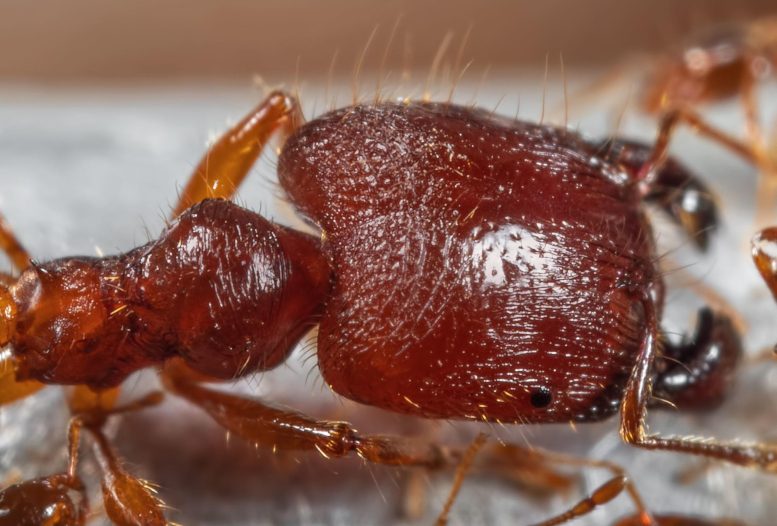
A study in East Africa has found that invasive ants are altering ecosystems by reducing tree cover, affecting lions’ ability to hunt zebras. This change forces lions to adapt by targeting more formidable prey like buffaloes. The research emphasizes the unexpected impact of small species on large ecosystems and highlights ongoing efforts to find solutions to preserve the landscape.
What makes the little old ant think he can disrupt the life of an African lion? Researchers say it’s more than just high hopes.
In a study published in the journal Science, a team of scientists reports that a tiny and seemingly innocuous invasive ant species is changing tree cover in an East African wildlife area, making it harder for lions, the world’s most iconic predator, to hunt its preferred prey, zebra.
“These tiny invaders are cryptically pulling on the ties that bind an African ecosystem together, determining who is eaten and where,” said Todd Palmer, an ecologist and professor in the Department of Biology at the University of Florida.
The study, which spans research over three decades, comprised a combination of hidden camera traps, collared lions tracked by satellites, and statistical modeling. It illustrates the complex web of interactions among ants, trees, elephants, lions, zebras and buffaloes.
Mutualism Disrupted by Invasive Species
The disruption begins in the acacia trees in the Ol Pejeta Nature Conservancy, an African wildlife area in central Kenya. The trees are historically protected from leaf-eating animals by a species of ant that nests in the trees’ bulbous thorns. In return for their home, the ants ferociously defend the trees from gigantic plant eaters, like elephants, giraffes and other herbivores — an arrangement ecologists call mutualism.
In published studies from the early 2000s, Palmer began to unravel the complexities of this congenial relationship in East Africa between plant and animal species.
“Much to our surprise, we found that these little ants serve as incredibly strong defenders and were essentially stabilizing the tree cover in these landscapes, making it possible for the acacia trees to persist in a place with so many big plant-eating mammals,” Palmer said.
In the latest study, however, scientists say the arrival of an invasive insect known as the “big-headed” ant (Pheidole megacephala) is setting off a chain of events that has resulted in a shift in predator-prey behavior that may further jeopardize populations of lions — a species already on the brink of endangerment.
Consequences of Changing Landscapes
The big-headed ants are small but voracious hunters of insects, destroying colonies of the tree-protecting ants but not defending the trees from the larger animals. Having lost their bodyguards, the acacia trees are being obliterated by elephants. The lions, which are ambush predators, rely on the tree cover to stalk and hide before pouncing on zebras. Less tree cover means lions are not as successful at ambushing their prey.
“Oftentimes, we find it’s the little things that rule the world,” Palmer said. “These tiny invasive ants showed up maybe 15 years ago, and none of us noticed because they aren’t aggressive toward big critters, including people. We now see they are transforming landscapes in very subtle ways but with devastating effects.”
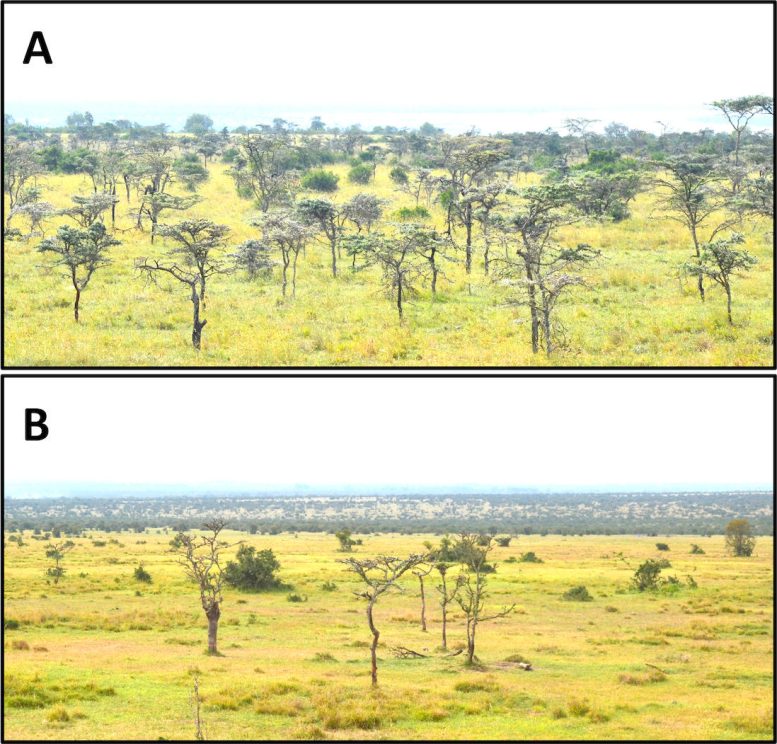
The two images represent acacia trees both invaded and not invaded by a small ant species. Credit: Todd Palmer
Making the best out of a bad situation, the lions are turning their attention to buffaloes, Palmer said. However, buffaloes are larger than zebras and hang out in groups, making them much more formidable prey.
“Nature is clever, and critters like lions tend to find solutions to the problems they face,” he said, “but we don’t yet know what could result from this profound switch in the lions’ hunting strategy. We are keenly interested in following up on this story.”
Research and Conservation Efforts
The fieldwork in Kenya was led by the University of Wyoming doctoral candidate and Kenyan scientist Douglas Kamaru. Palmer, along with Jake Goheen, from the University of Wyoming, and Corinna Riginos, with The Nature Conservancy, were co-principal investigators on the National Science Foundation grant that funded the work. In addition to studying the phenomenon, the researchers say they also are interested in finding solutions to halt the loss of tree cover in these iconic landscapes.
“These ants are everywhere, especially in the tropics and subtropics. You can find them in your backyard in Florida, and it’s people who are moving them around,” Palmer said. “We are working with land managers to investigate interventions, including temporarily fencing out large herbivores, to minimize the impact of ant invaders on tree populations.”
As science continues to move toward highly advanced technologies like AI-powered data collection, Palmer said their group’s persistent focus on Kenyan wildlife has involved traditional methods over several decades, showing the staying power of boots-on-the-ground research.
“There are a lot of new tools involving big data approaches and artificial intelligence that are available today,” he said, “but this study was born of driving around in Land Rovers in the mud for 30 years.”
Reference: “Disruption of an ant-plant mutualism shapes interactions between lions and their primary prey” by Douglas N. Kamaru, Todd M. Palmer, Corinna Riginos, Adam T. Ford, Jayne Belnap, Robert M. Chira, John M. Githaiga, Benard C. Gituku, Brandon R. Hays, Cyrus M. Kavwele, Alfred K. Kibungei, Clayton T. Lamb, Nelly J. Maiyo, Patrick D. Milligan, Samuel Mutisya, Caroline C. Ng’weno, Michael Ogutu, Alejandro G. Pietrek, Brendon T. Wildt and Jacob R. Goheen, 25 January 2024, Science.
DOI: 10.1126/science.adg1464
The study was funded by the National Science Foundation.

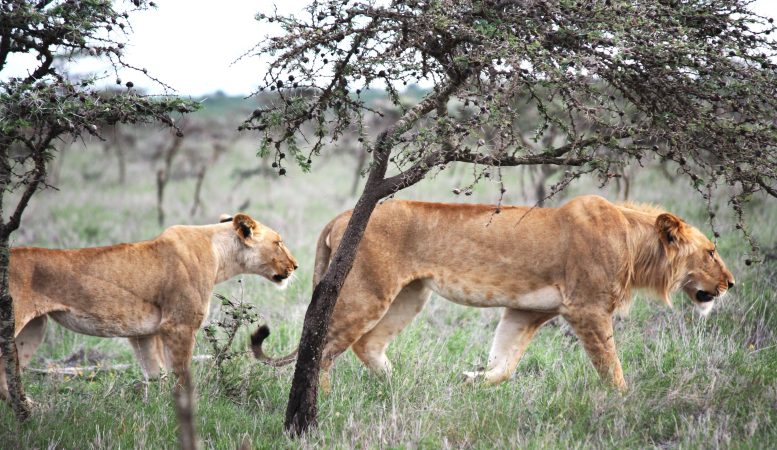


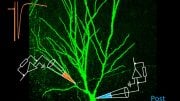




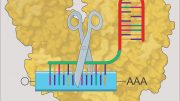
Be the first to comment on "This Tiny Ant Species Is Disrupting the Lives of African Lions"